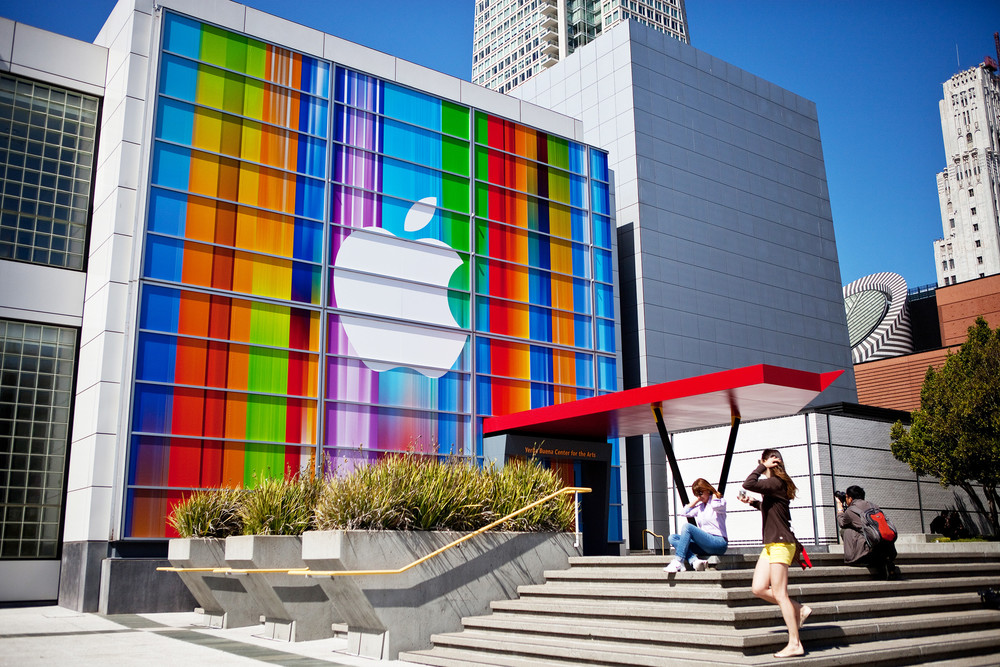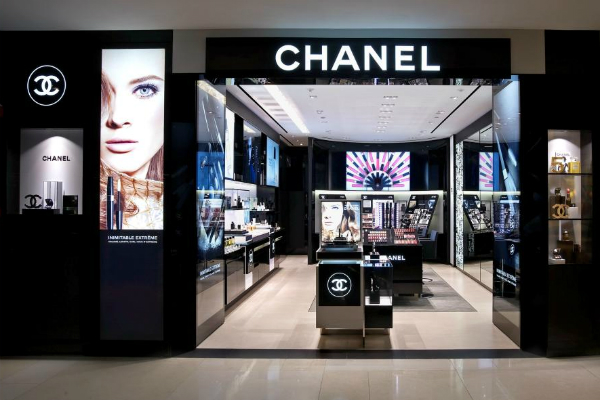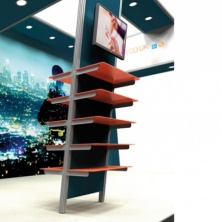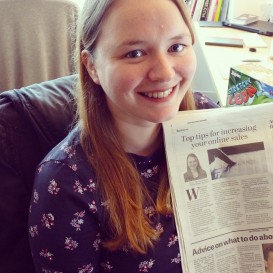Let’s go back to the start.
Every big company or brand we see today has derived from a simple “idea”. But at what stage does that idea develop a ‘brand identity’ and how do these modern day business models grow their brand characters into a functioning and successful business?
If you are starting or own a business then you’ll know that translating the initial core values of your business is no easy feat. Building up a brand identity takes a lot of thought and creativity - many business owners still struggle to convert those beliefs into their brand and business even though they inherently know what they stand for and how they envisage the future of the company working.



“Brands can no longer just rest on their laurels and their logo.”
It doesn’t matter how long you have been established. Today’s approach to brand identity is ever changing. Brands can no longer just rest on their laurels and their logo. In our modern age with markets so open to change and business models constantly in unrest, new and smaller brands can completely transform industries, leaving the bigger, longer standing brands out in the dark.
Here we hope to show you 7 keys steps that will help any small business grow, mould and cement their brand identity into one that can be instantly recognised, understood and trusted, yet remain flexible enough to adapt to those ever changing markets.
So let’s show you some easy tips and examples of brands whose success proved that building a brand identity is an effective exercise and should be implemented by every business.
1. It all begins with an idea!
Think back…why did you start the business to begin with? What was so amazing about that idea when you first had it? This will allow you to clarify exactly what you wanted to achieve in the first place.
Your original ‘idea’ should form the basis for your brand character and brand promise. In essence, this should help you define how you want to market your products or service and the tone of voice you want to use to promote them.
Branding is a way of defining your business so you, your customers and your team can all have a clear message to work from. It goes way beyond design and a logo.
Your core values should be ever present and will in turn help keep you grounded and centralised as you go on to develop your brand character further.
2. Look to the future.
How do you envisage the company in the future and what do you aspire to be? Allow yourself to daydream and imagine what your brand will be like; what are the key products or services you are offering?
Ask yourself how you want your customers to view your brand, even imagine how your happy customers would describe your brand?
This process is typically called a ‘brand vision’ and most brands are encouraged to have a “vision statement” that outlines the purpose of the company. Take Coco-Cola’s vision statement for example:
Our vision serves as the framework for our Roadmap and guides every aspect of our business by describing what we need to accomplish in order to continue achieving sustainable, quality growth.
3. Know the competitors in your market
Take some time to talk to people in your industry, measure how others are doing it, take tips from what works and what doesn’t and use these as indicators for your own brand. Use your market research as a window into the industry. Study the areas that don’t work for the other brands and make sure that this area of your brand is much stronger.
4. Choose a tone of voice to fit your product and market.
This is an essential element to how your brand will be perceived by your target audience.
Let’s take a look at good old Innocent Smoothies. Their brand character is kind, simplistic and… well… “innocent” in tone. It’s consistent and clear and expresses the very word that is written on the bottle.
Back in 1999 they were one of the first brands to really be recognised for this friendly approach. Their tone of voice was endearing and familiar and in turn developed a trustworthy identity that has never waivered. It has since become a very popular format - you don’t have to look far to see other independent brands using very similar methods.
Take a look at Yeo Valley and Canopy & Stars (image below) for example. Their brands, although in different markets (food and travel) have that same sense of accessibility and warmth running throughout their brands. The tone of voice used simply draws the consumer in, welcoming them and figuratively opening the door into “their world”… it’s almost like saying “hey, you can be part of our family too”.
Tone of voice has become far more the essence of what brand identity is today. Customers across all markets have become far more savvy to a brand communication and as a result can easily see through forced or empty attempts to charm them to make sales.
Brands such as Innocent have proved having a human approach to the whole thing works really well but it has to be backed up by values that you and your team truly believe in.
As Kelly O’Keefe, professor of brand management and innovation at Virginia Commonwealth Uni states "We've seen a significant shift in the way consumers embrace brands… what happens to us as consumers, when we feel like we've been lied to, is that we discount the message and look for deeper signals."
See Inc.’s brilliant article “How to create a cool brand” here.
5. Don’t mimic others that do it well – make your own mark.
Don’t try to be the “next best” in the industry. The likelihood is that you will fail, as the guys that are already there, are doing it and doing it well. Carve your own identity, believe in the essence of your company throughout and allow this to clearly be seen and represented in your visual identity.
Customers today want to consume something authentic and they want to trust that the company and its team actually believe in these brand values too. Once you have your own distinctive presence in a market your brand can grow in a different direction to its competitor and just as easily slot into your shared market.
6. Don’t just rest on your logo.
Traditionally logos were the lynchpin of a company or brand - the logo was the full expression of the brand itself and there was far less emphasis on the story behind it.
Today consumers expect far more from a brand, they want to get under the skin of the company, they want to understand it and if they like it, may even go on to advocate it through social media. A logo is of course still a very significant asset to a brand and its visual identity so it needs to work and represent you. Just don’t expect it to do all the work for you.
7. Be consistent and bold.
A brand should be used to ensure that a company’s look is consistent, its logo is placed correctly, its core values are communicated and reinforced and it always has an instantly recognisable identity. That is not to say you shouldn’t be bold with your brand or deviate in the future.
Businesses are learning that to be a successful modern brand, you need to embrace the importance of brand promise yet also be prepared to deviate in order to roll with the uncertain changing markets. Building a consistent message with a flexible approach from the start will allow you to face change head on and not be afraid of it.



